If you don’t have much square footage to work with in your home or office, here are 5 ways you can effectively design your space to make it feel larger than it really is:
Using wallpaper or murals, especially with large repeating patterns, can make a small space feel larger. This design trick works particularly well in areas like powder baths, where it gives the illusion that the walls extend further than they do. The movement created by the patterns keeps the room dynamic and prevents it from feeling flat. Although it may seem like a bold choice, it’s a risk that pays off by adding visual depth.
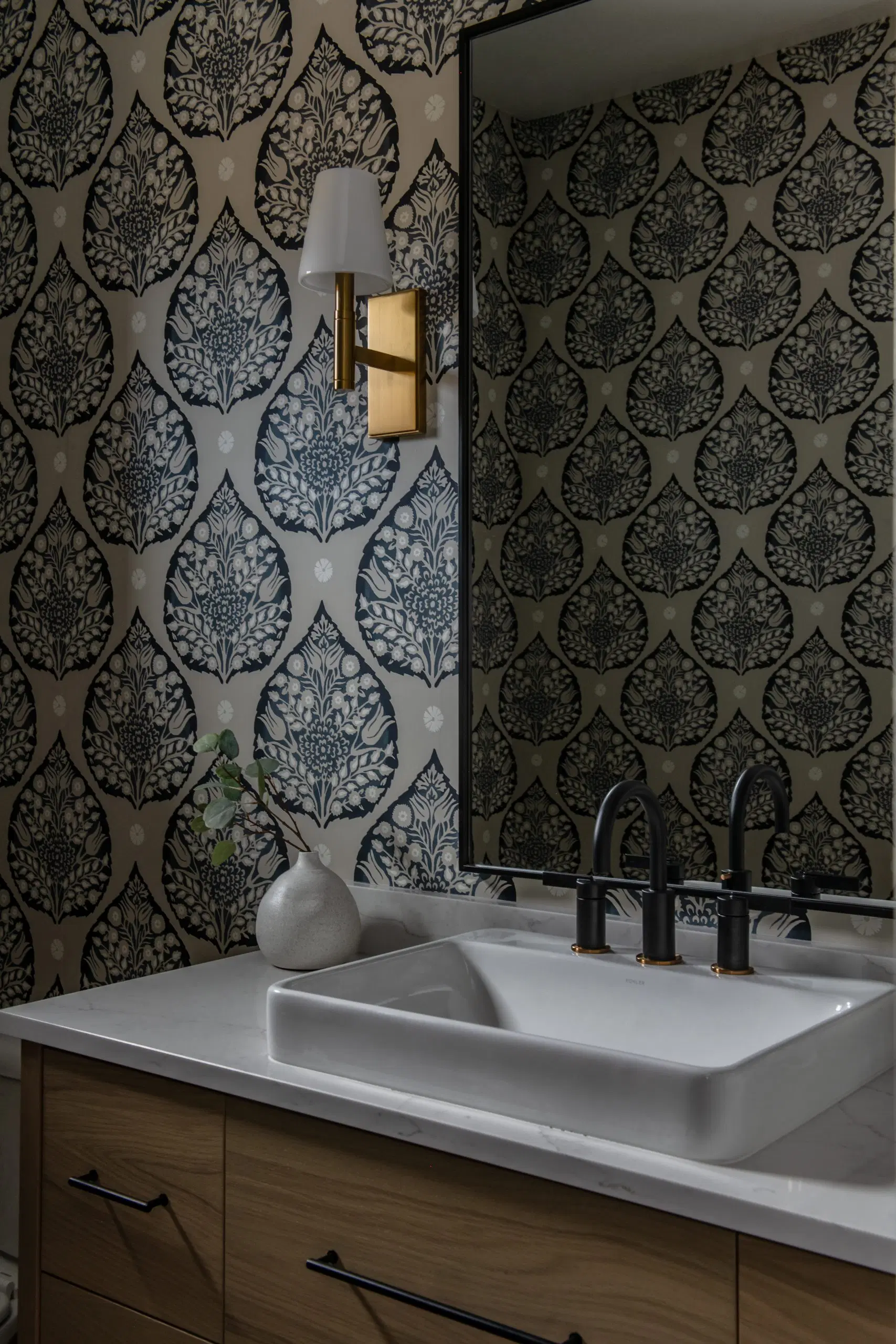
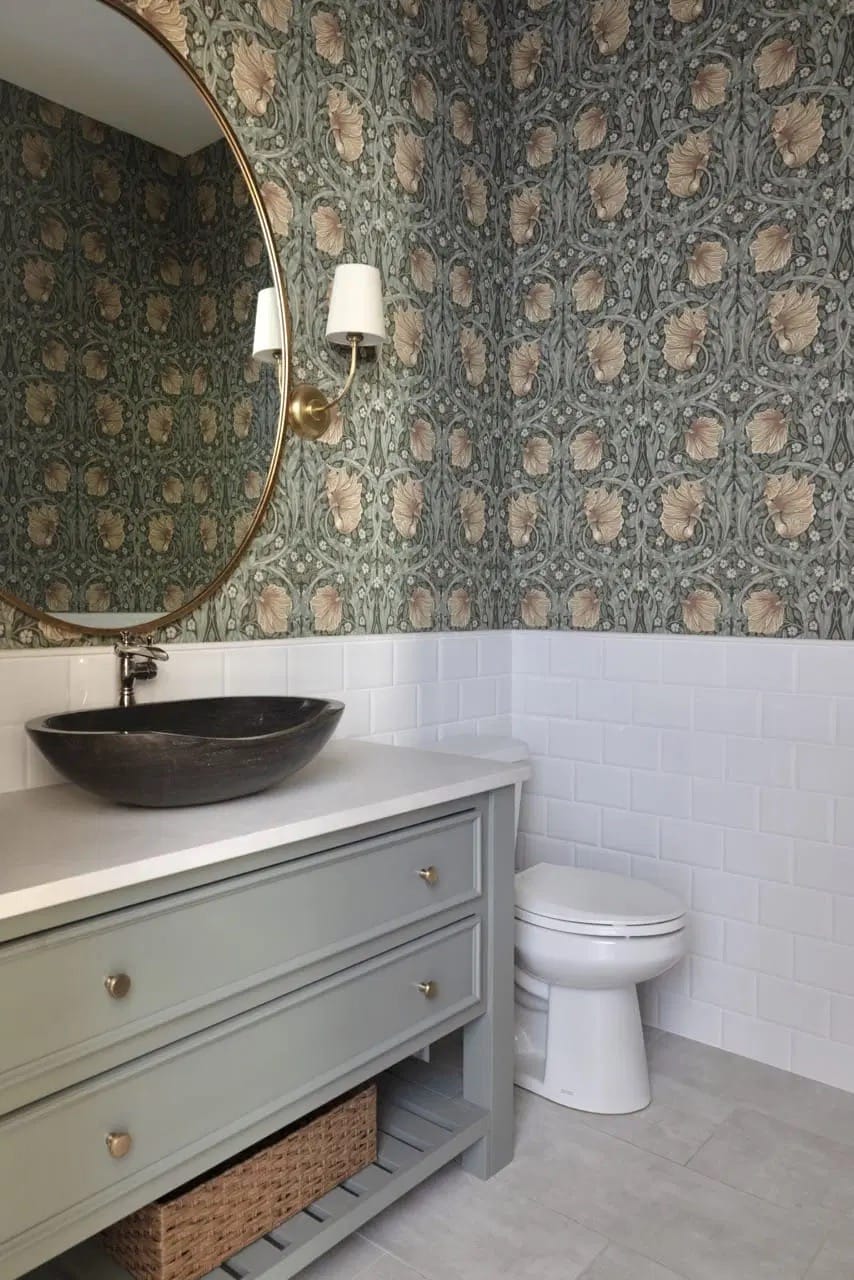
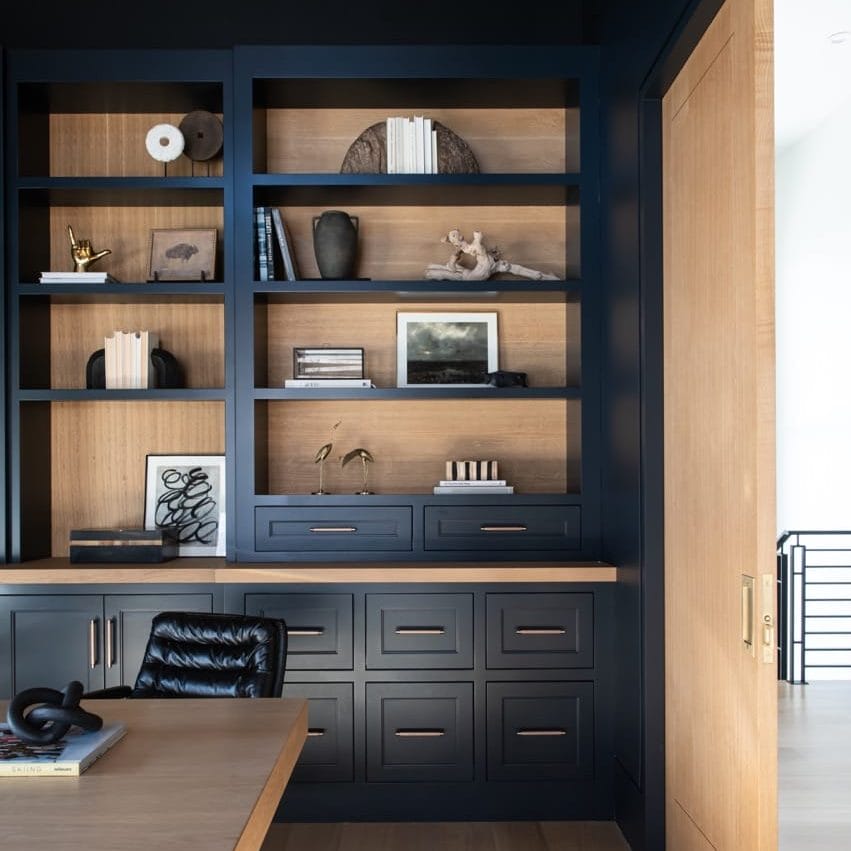
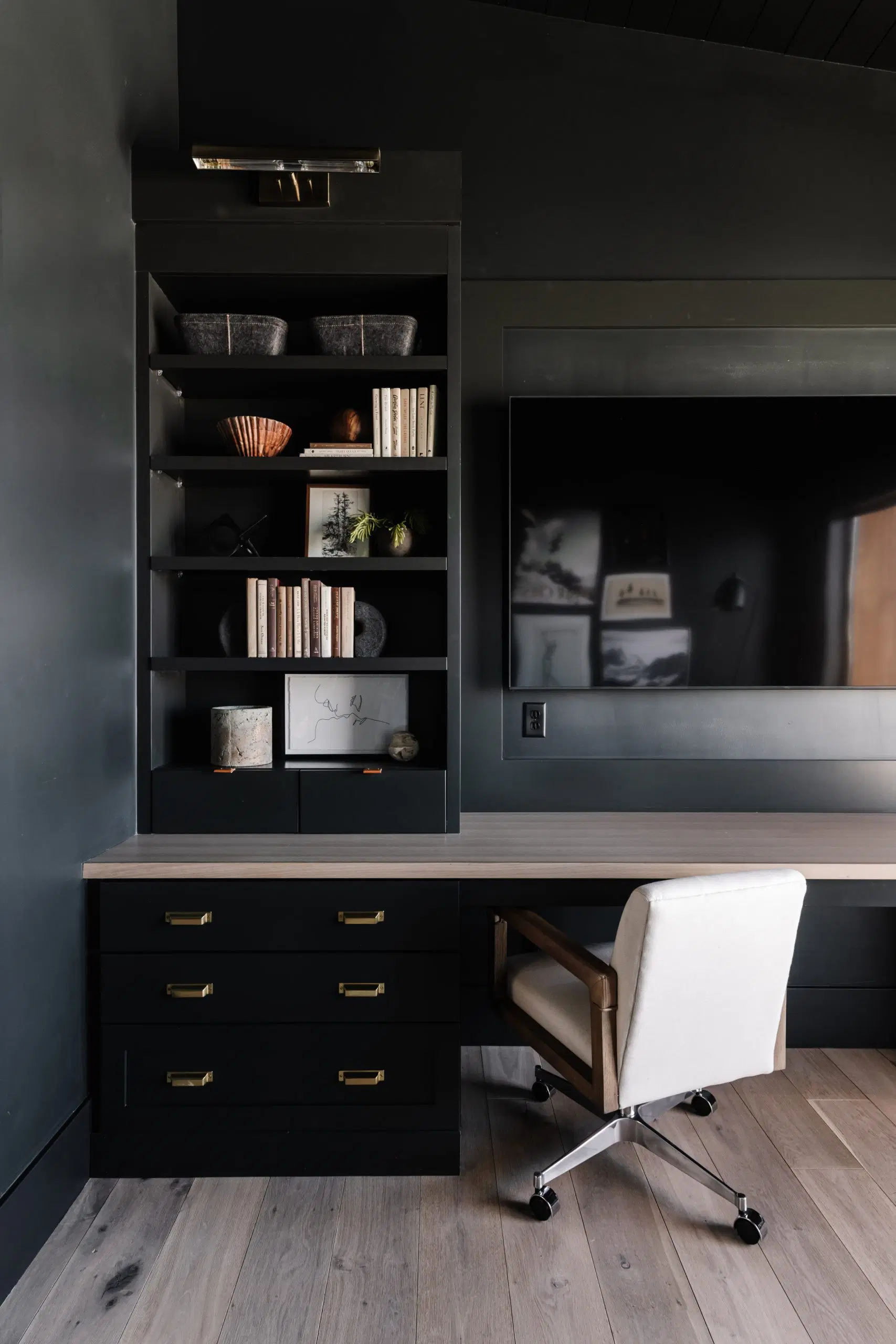
Color drenching involves painting everything in a room a single color to create a seamless and expansive look. This technique breaks up harsh lines that can confine a space, making it feel boundless. It’s particularly effective in offices and libraries, where painting the ceilings, built-ins, and walls in one color provides a unified backdrop for the rest of the design. This monochromatic approach enhances the perception of space and adds a sophisticated touch.
In a small space, every inch counts, so maximizing vertical storage is crucial. Tall bookcases and shelving units can store items without occupying valuable floor space. Multifunctional furniture, like sofa beds or coffee tables with built-in storage, reduces clutter and frees up the room. This strategy helps maintain an open and organized space, making it feel less cramped.

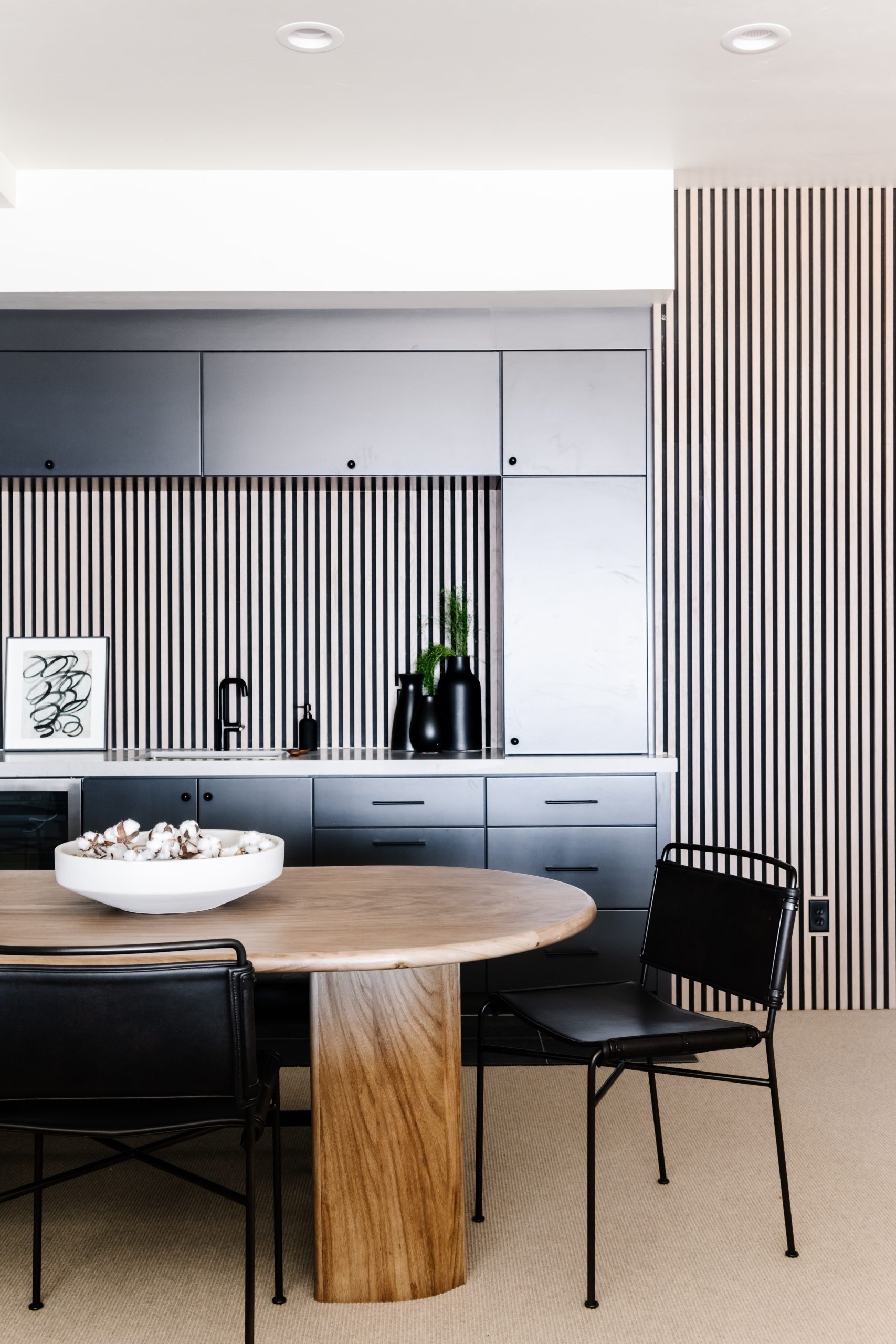
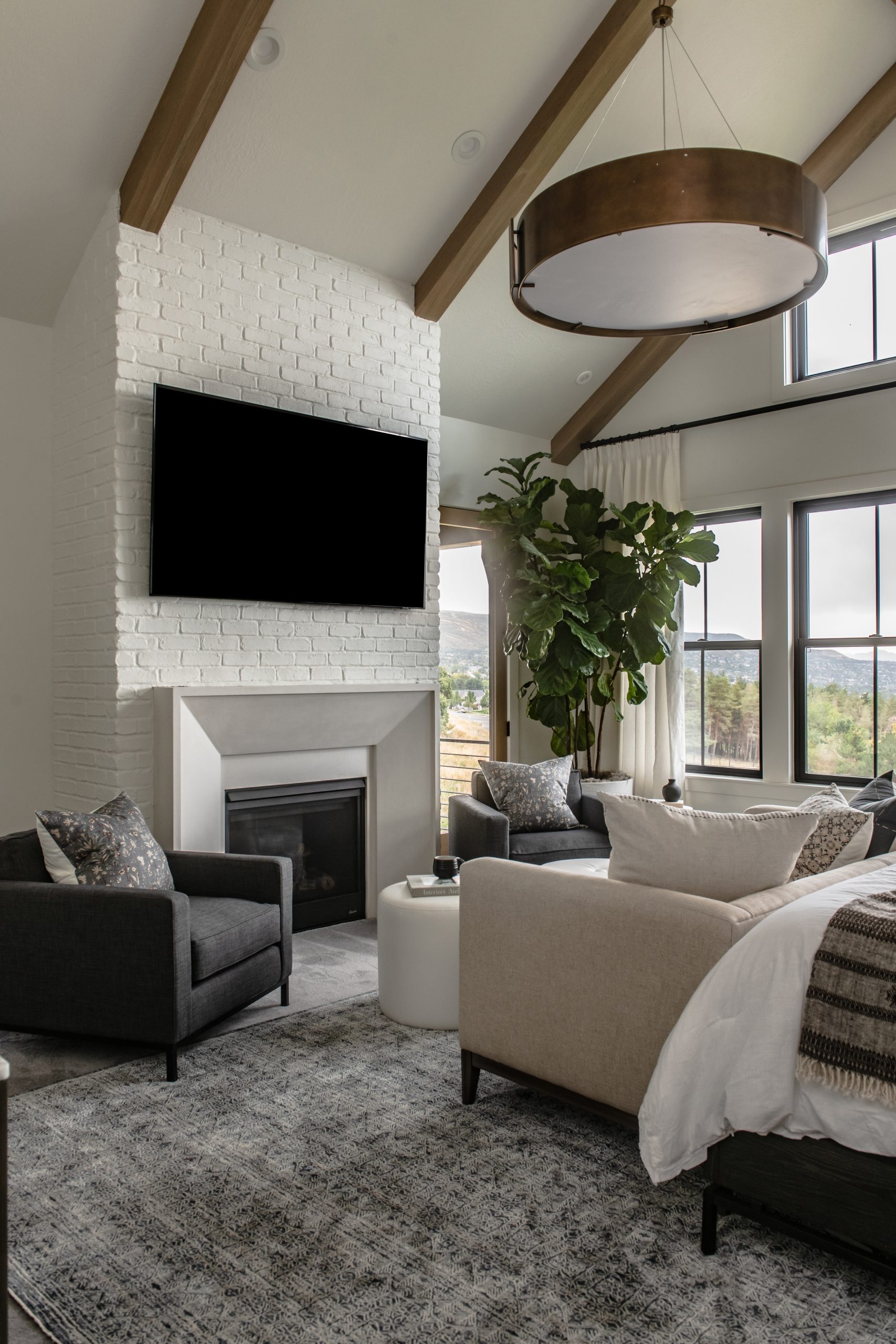
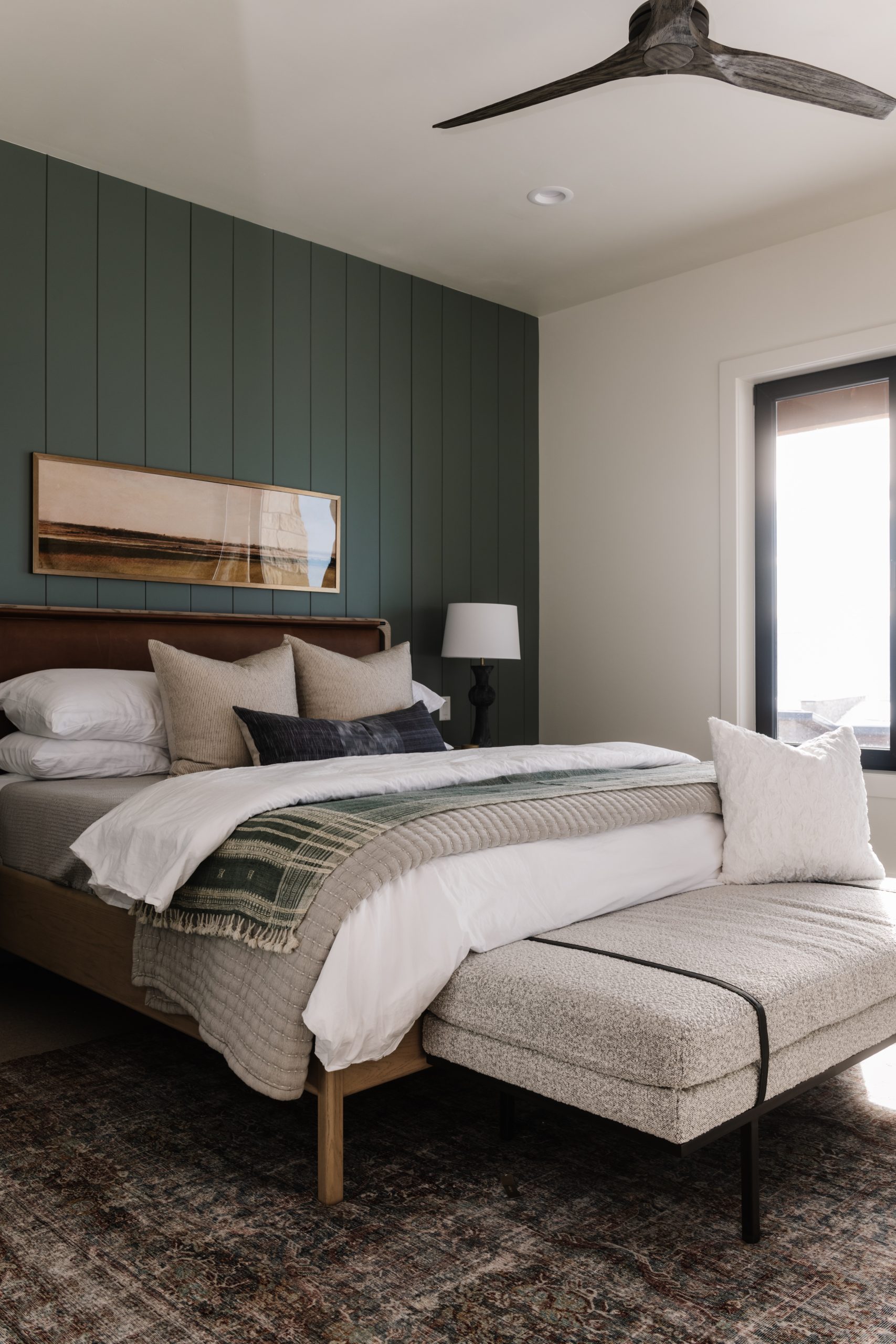
Choosing furniture with legs can significantly impact the perceived size of a room. Elevated furniture pieces draw the eye upward and create the illusion of more floor space, as light can pass underneath. This openness prevents the room from feeling anchored and grounded, which can make small spaces seem even more confined. Opt for sofas, chairs, and tables with visible legs to maintain a light and airy feel.
Mirrors and glass are essential tools for creating the illusion of more space. Their reflective surfaces can expand light throughout the room, making even the darkest corners appear brighter and larger. Positioning a mirror to reflect a window’s landscape can add an extra layer of depth and visual interest, almost like having a second piece of artwork. Consider placing mirrors above fireplaces, on nightstands, desks, dressers, or even leaning against a wall in a bedroom or entryway to enhance the sense of space.
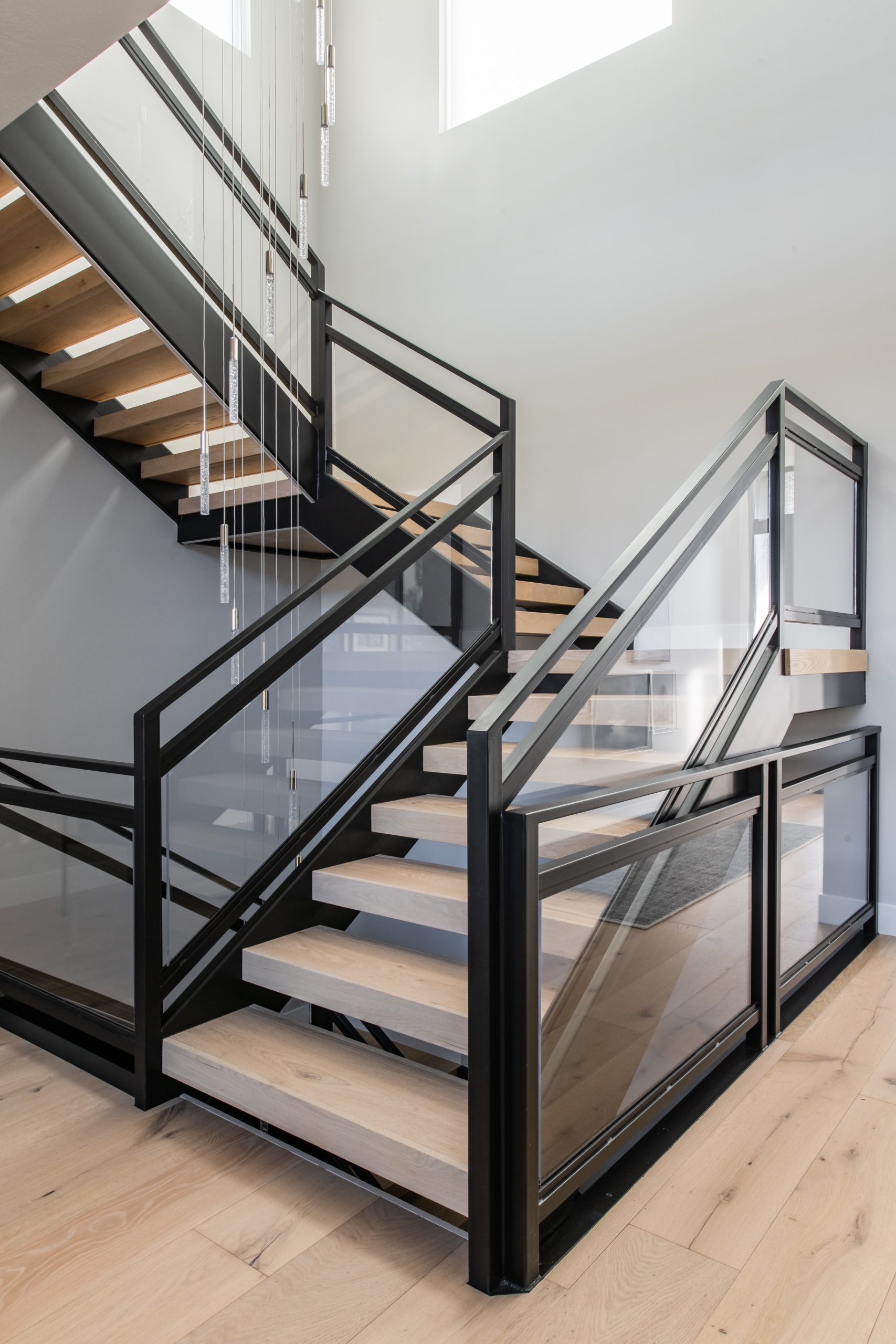
We hope these tips are useful as you navigate how to furnish and decorate small spaces. Share these insights with someone looking to Simply Elevate their small space. For more personalized advice, consider booking a consultation with Liv Design Collective.
